10 best apps for your new iPhone
From ChatGPT to Threads and beyond
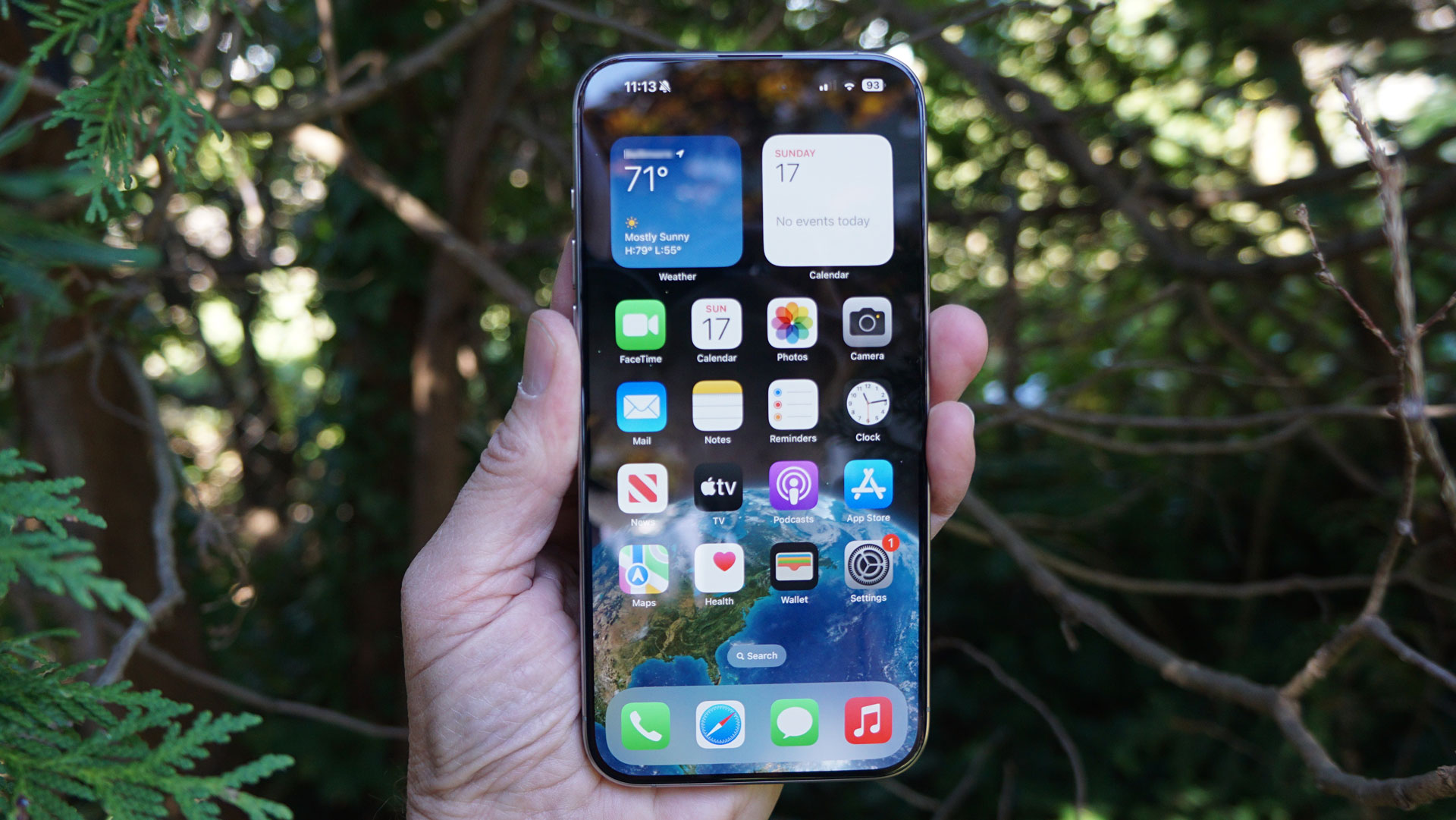
If you were lucky enough to unwrap a new iPhone this holiday season, or you simply bought one recently, then you’ll probably be on the hunt for some apps – good apps can take Apple’s excellent handsets to the next level.
That’s true whether you’re rocking a top-tier iPhone 15 Pro Max, a compact iPhone SE (2022), or any of the other best iPhones. But with so many apps to choose from it can be tough to know where to start.
That’s where this article comes in. Below you’ll find our pick of 10 of the best apps for iPhone. These cover a range of categories and include both long-standing essentials and newer or more niche apps that are nonetheless highly recommended.
1. ChatGPT
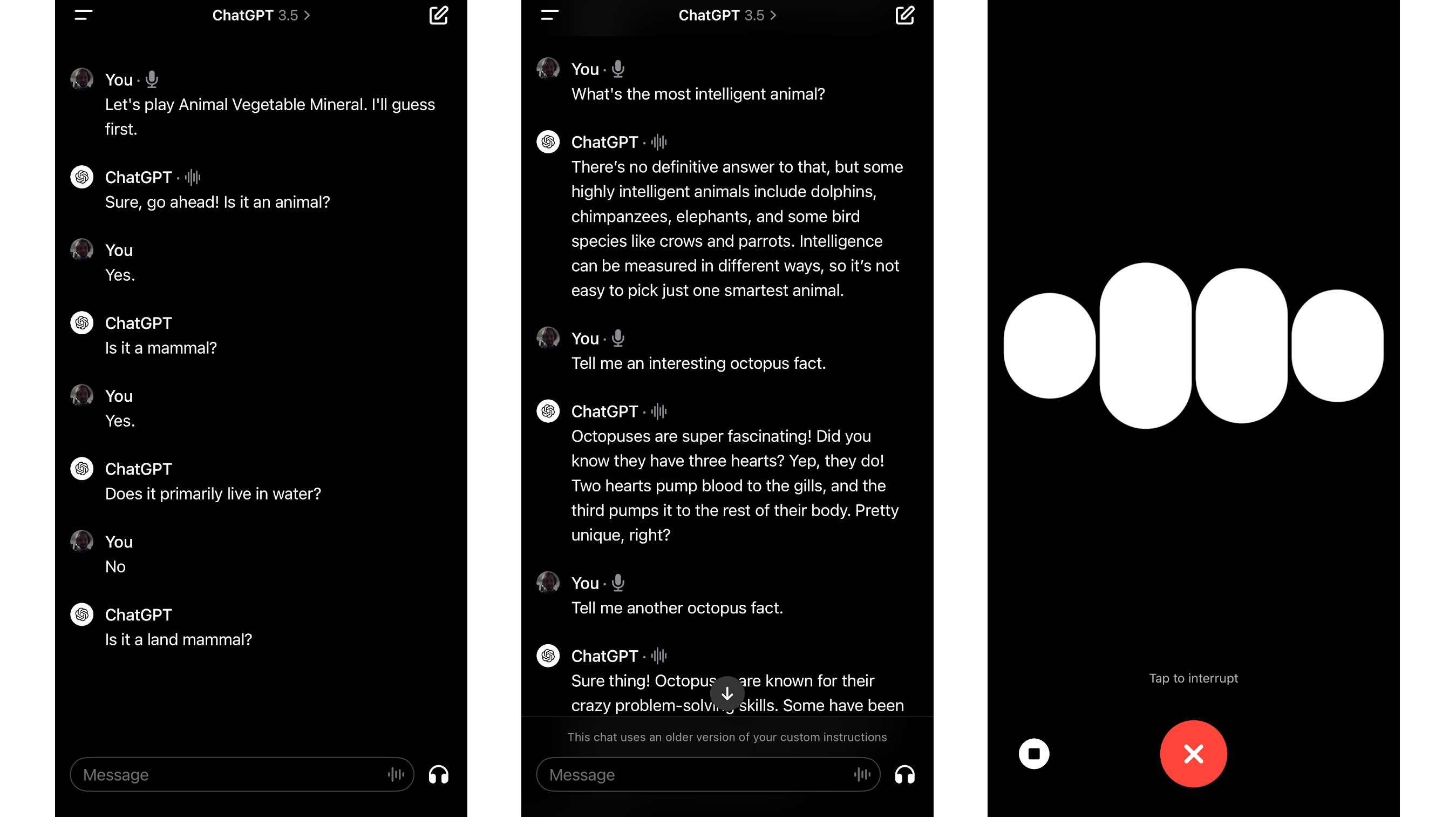
ChatGPT is an AI tool that probably needs no introduction – this, arguably, more than any other AI service, has taken the world by storm. But the iPhone app is remarkably good.
You can ask ChatGPT questions to get help or inspiration on just about anything. It’s far smarter than the likes of Siri or even Google Assistant.
With the ChatGPT app, you don’t need to type out questions either, you can speak them and even have ChatGPT speak back. Because it remembers previous questions and responses you can have more of a conversation with it than with most digital assistants too, making interactions feel natural.
For most things other than home automation, ChatGPT can easily replace Siri, so we’d recommend not just downloading it but putting a shortcut to it on your lock screen. If you have an iPhone 15 Pro or Pro Max you could even set the Action button to launch it.
Sign up for breaking news, reviews, opinion, top tech deals, and more.
2. Evernote
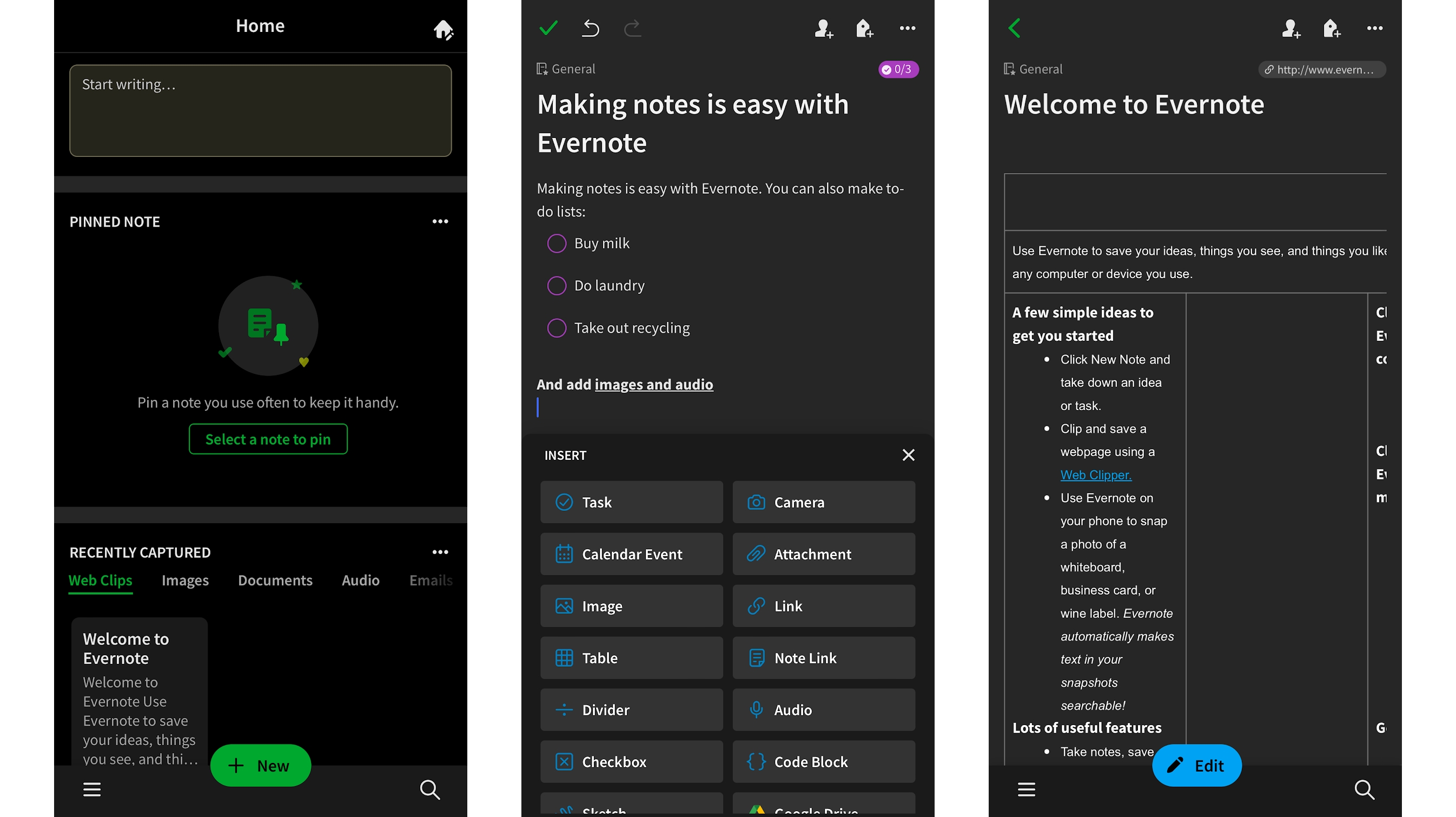
A great notes app is an essential part of any smartphone, but finding such an app can be easier said than done – for whatever reason, this seems to be something companies struggle to make.
Sure, there are loads of notes apps, but most have their issues or simply cost too much. Evernote isn’t perfect, and it’s not free if you want the complete experience, but its balance of price, features, and stability is better than most.
For many people, the free version will actually be plenty. This gives you most of the core features, including the ability to make notes and to-do lists, include images, and easily search your notes by name or keyword. However, it limits you to 60MB of monthly uploads and a 25MB maximum note size, and only lets you sync your account to two devices.
To remove those restrictions, you’ll need to pay for a subscription, but if you take a lot of notes or use a lot of devices, that could be worthwhile.
3. Threads
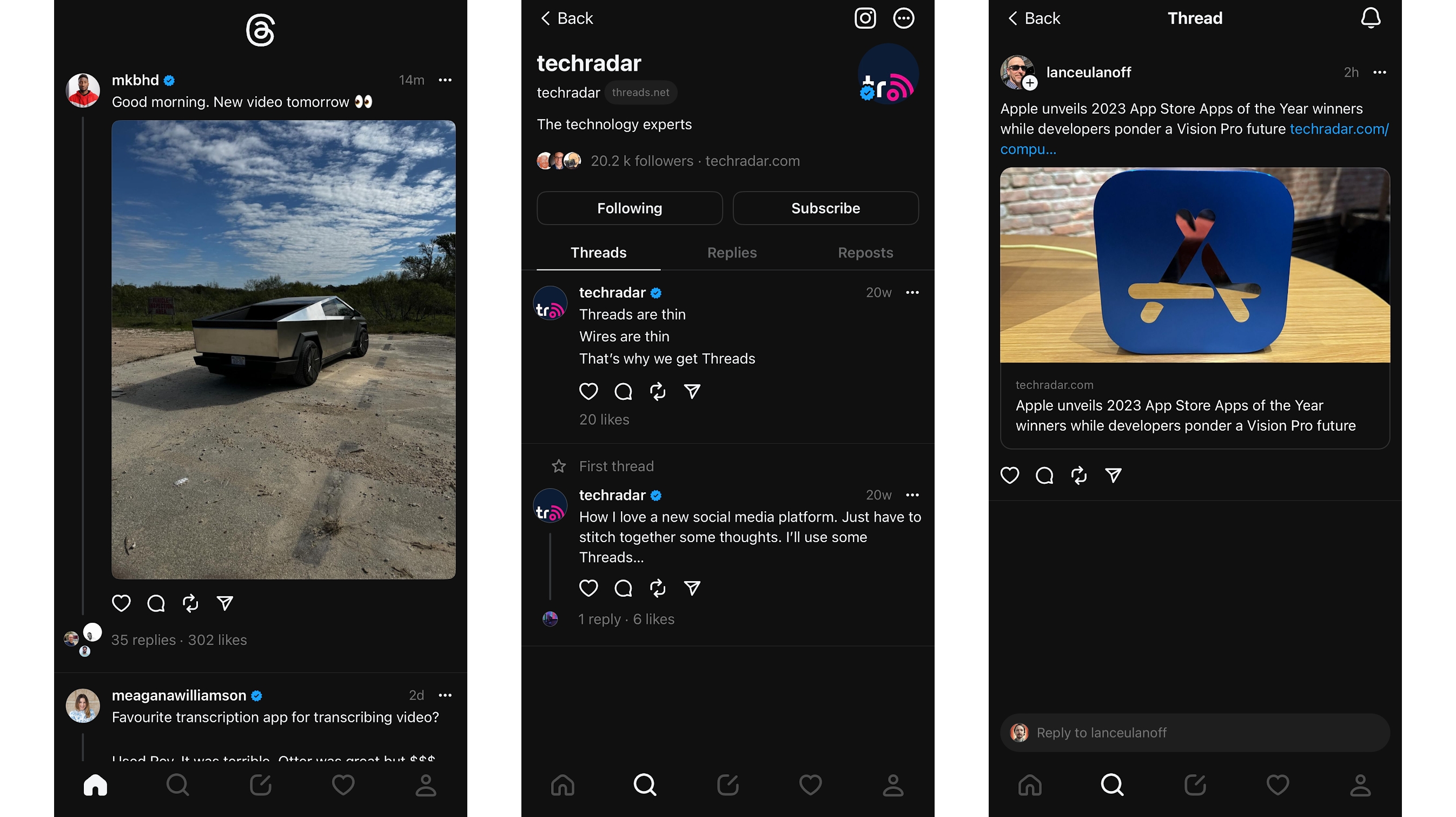
With the app formerly known as Twitter slowly collapsing under the weight of Elon Musk’s ‘leadership,’ you might well be looking for an alternative, and Threads could be that app.
This is one of a number of sites and apps trying to take Twitter’s place, but it has the advantage of a built-in audience thanks to your account being linked to your Instagram account.
Threads also replicates many of the best Twitter/X features without as much spam and other objectionable content. So far, it feels friendlier than Twitter did even pre-Musk, though perhaps that’s down to the smaller user base, which is also its main issue. If it grows, though, this could easily be a new home for anyone missing what Twitter once was.
4. Pocket Casts
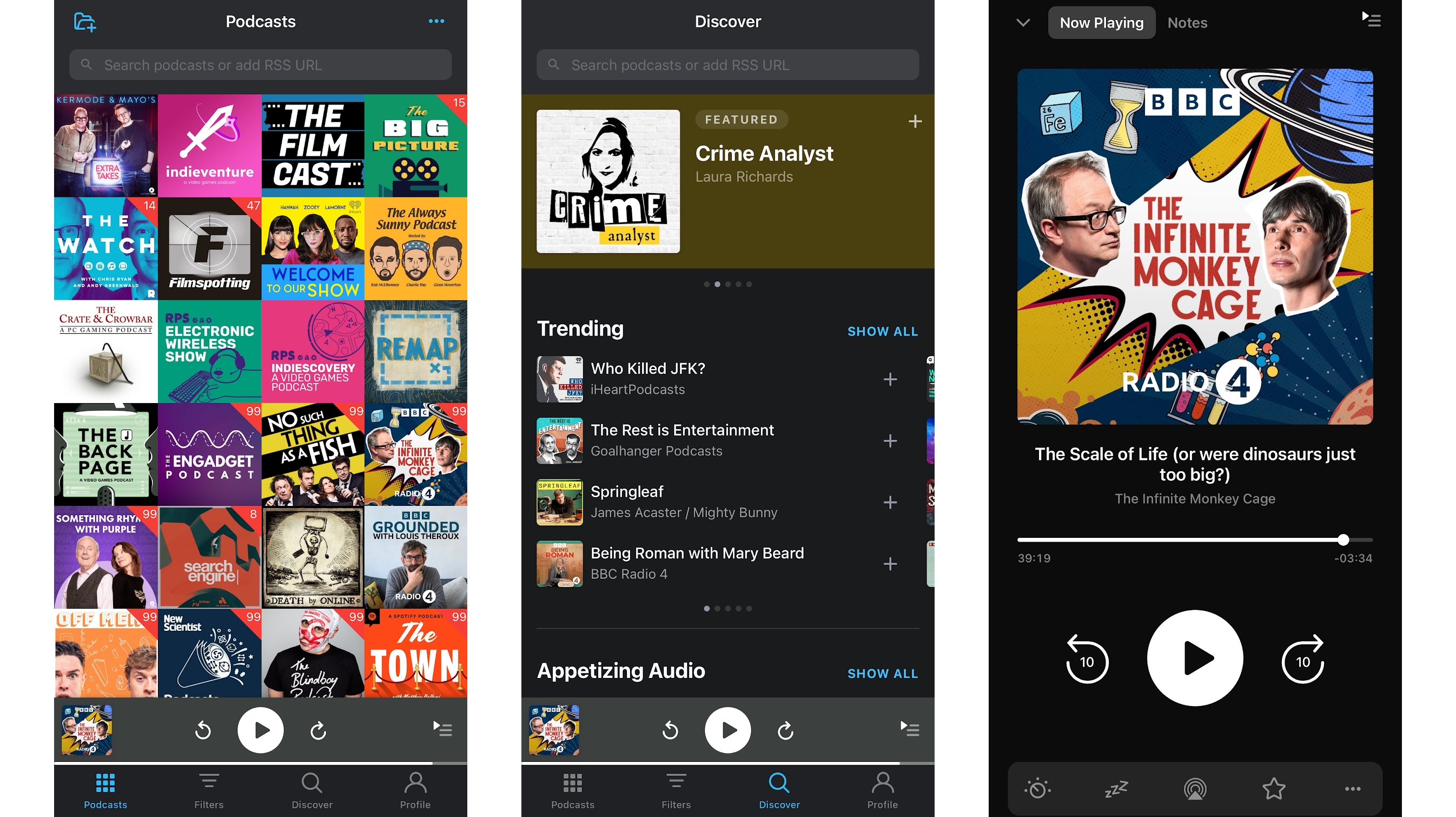
If you’re a podcast fan, Pocket Casts should be on your shortlist of podcast players. While there are loads of such apps to choose from, this is one of the absolute best.
It’s attractive, intuitive, and packed full of tools and features. You get the ability to trim silence, change the playback speed, use a sleep timer, control playback from an Apple Watch, and a whole lot more.
Pocket Casts also makes discovering new podcasts a breeze, with a handy ‘Discover’ tab that covers all sorts of interesting listens.
5. Google Maps
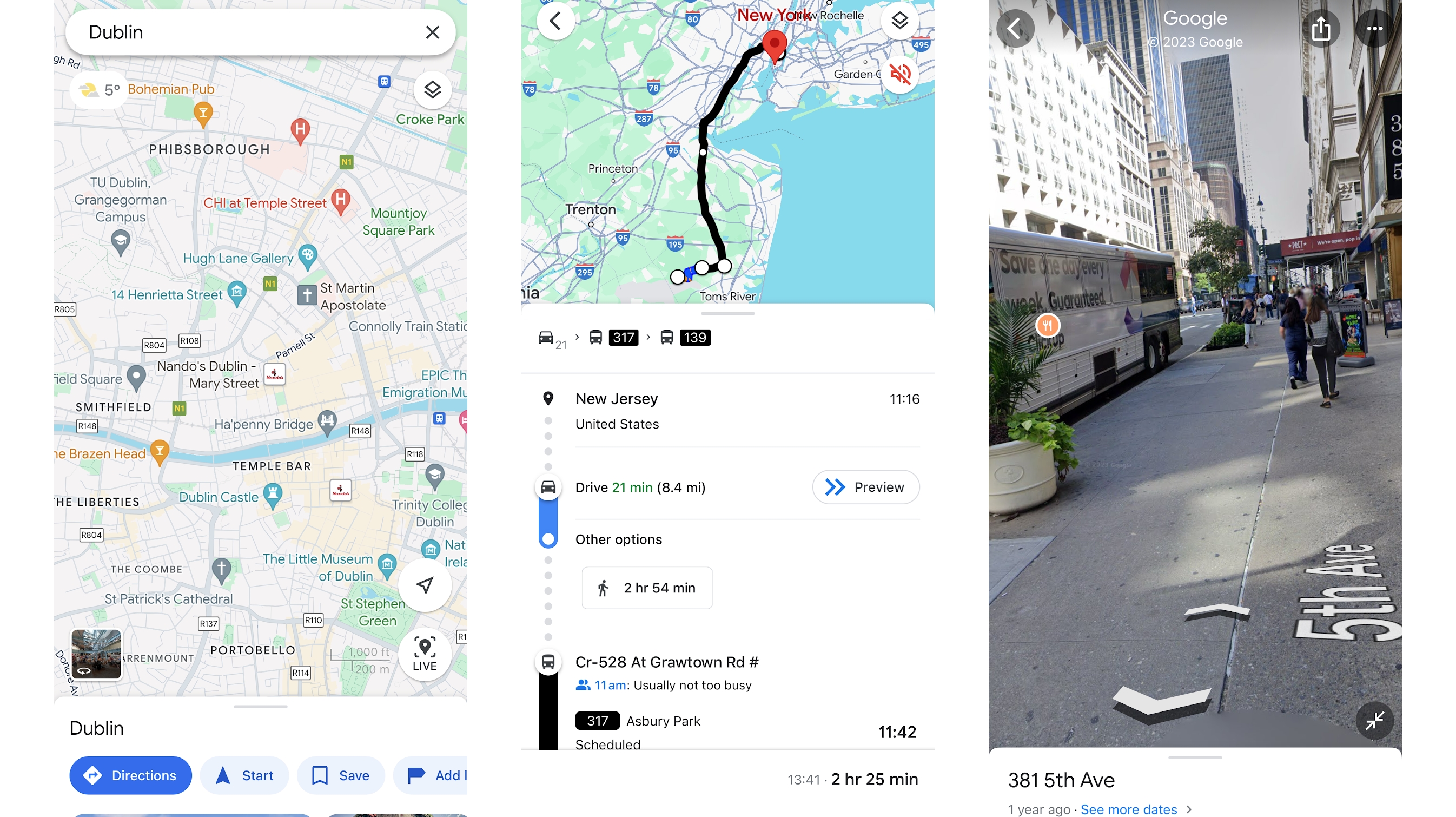
Sure, your iPhone comes with Apple Maps built in but, while it's a lot better than it was at launch, it arguably can’t match Google Maps. It’s worth trying both apps to see which you prefer, but we’d wager most people will be better off with Google’s map app.
This app has detailed, accurate maps for over 220 countries and territories and provides excellent navigation tools whether you’re driving, walking, cycling, or using public transport.
You can view real-time traffic conditions, download maps for offline use, use Street View for ground-level imagery, get indoor maps for select locations, like airports and stadiums, and find businesses (and reviews of them).
6. AccuWeather
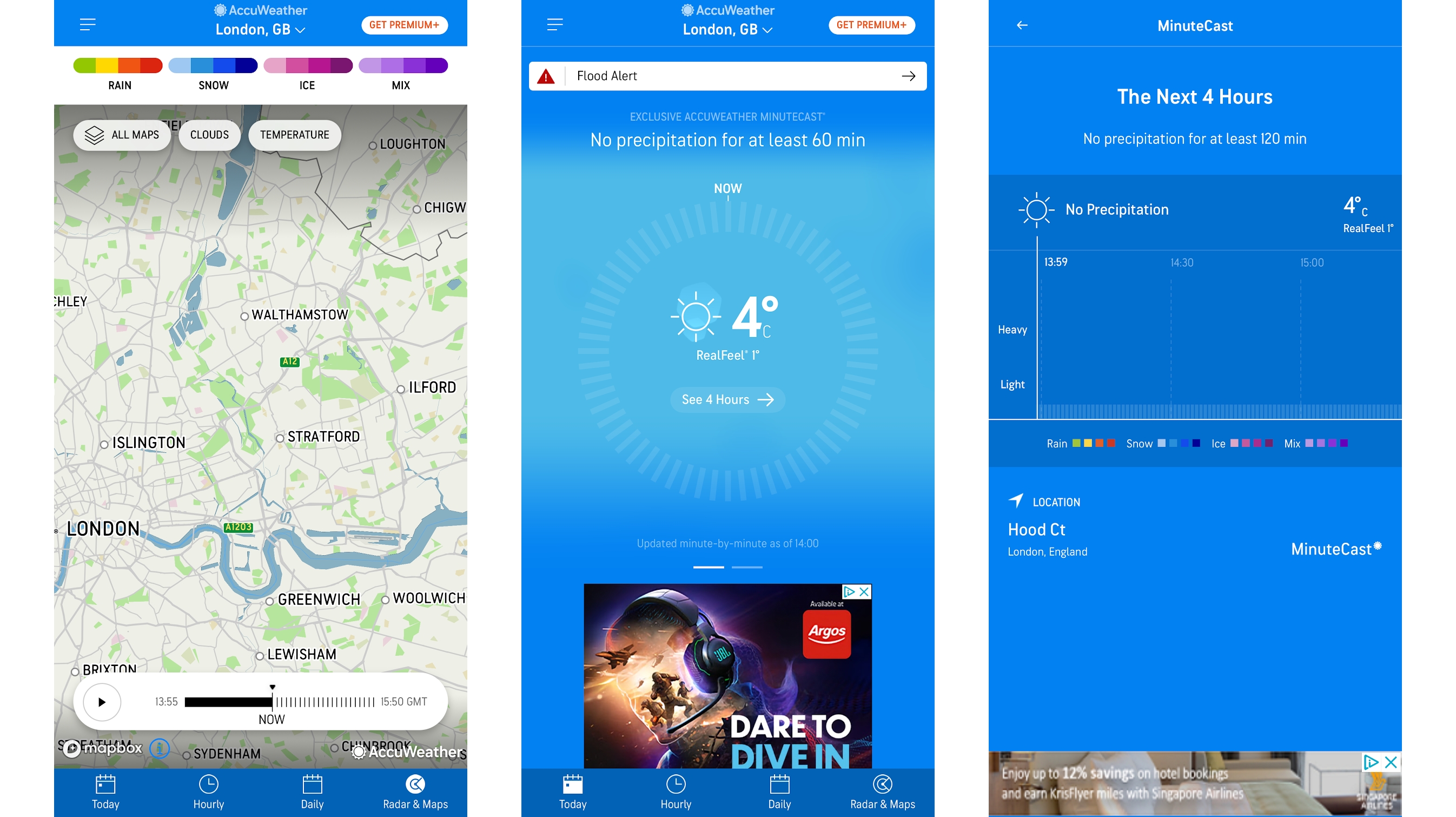
A good weather app is a vital component of any smartphone, and AccuWeather is one of the very best.
It’s a bit different than most weather apps. Rather than displaying forecasts for the whole day and subsequent days, it provides a detailed, hyperlocal forecast for the next four hours, giving a minute-by-minute breakdown of the expected temperature and precipitation.
That’s the main focus of AccuWeather, but you can also get forecasts for the days ahead, so it does the job of a conventional weather app too. And while your mileage may vary depending on where you are in the world, we’ve found that it’s remarkably accurate, especially with those four-hour forecasts.
7. Snapseed
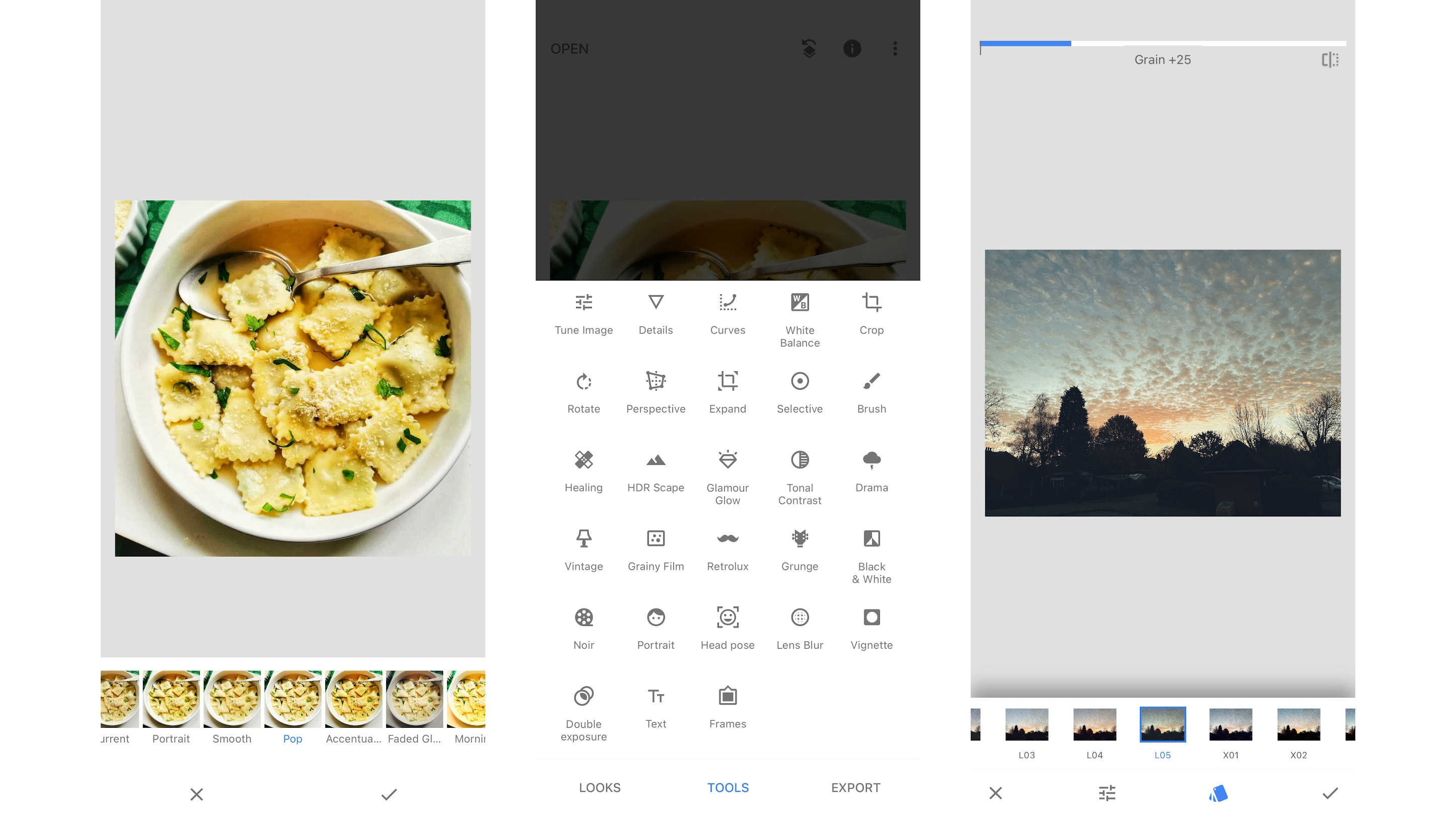
Apple provides some basic photo editing tools on the iPhone, but Snapseed offers more options (and potentially more pleasing results) while still keeping things simple. Yet it doesn't overwhelm you with too many options or pro-focused features.
It includes 29 tools and filters to tweak, tune, and generally improve your images. In many cases, you can significantly improve a photo with a single tap, though there’s the option to do more manual fine-tuning too if you prefer.
We’d recommend Snapseed to anyone who takes a lot of photos on their phone, whether you’re an experienced photographer or an amateur snapper.
8. Halide Mark II
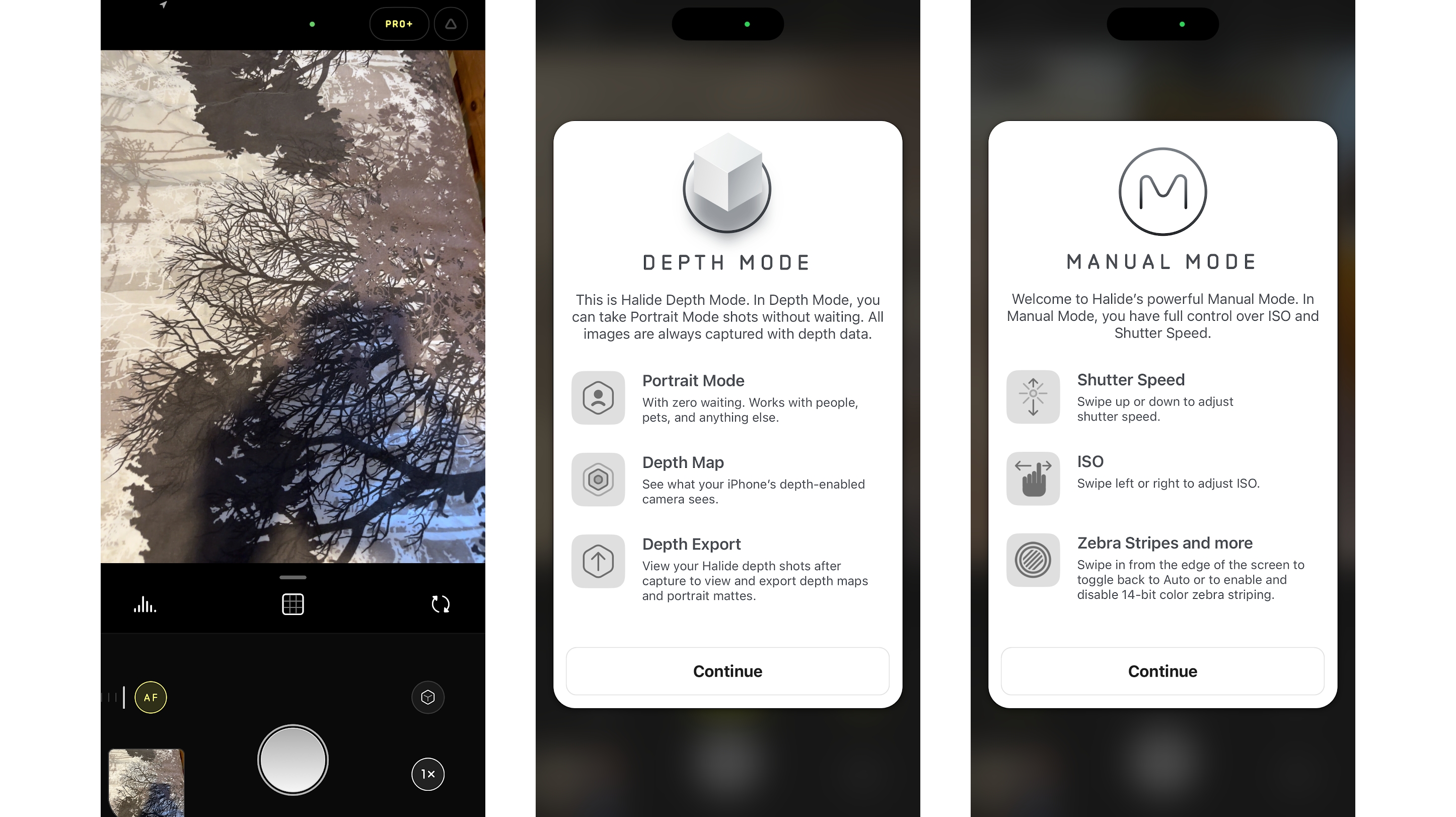
If you're an experienced photographer, another great app to get is Halide Mark II. This alternative to the iPhone’s built-in camera app is packed full of features, including manual focus, focus loupe, focus peaking, histograms, an Apple Watch companion app for remote shooting, and loads more.
This is designed to be powerful enough for pros, but with its intuitive, gesture-based interface, it’s worth a look even if you don’t know your ISO from your RAW.
Halide Mark II isn’t free, but with both subscriptions and one-off payment options, you should be able to find a payment type to suit.
9. Duolingo
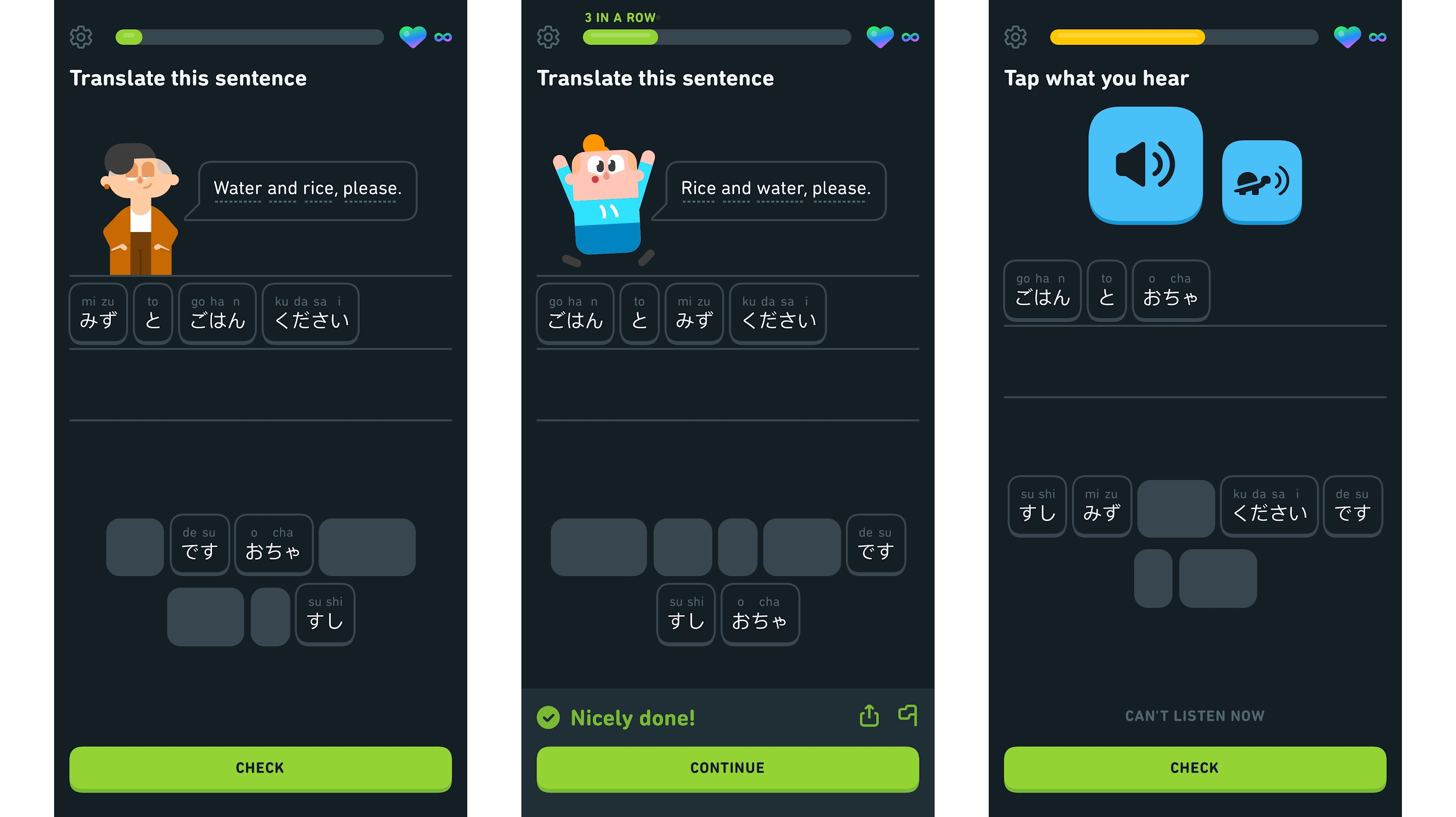
Duolingo has long been one of the best and most popular smartphone apps for language learners, and now it has expanded into math and music lessons, too.
There are dozens of languages to choose from, and Duolingo provides fun, colorful, and approachable bite-size lessons. It can feel almost as much like playing a game as learning a language.
Using Duolingo alone probably won’t make you fluent, but it’s a great option to prepare for a trip or to use alongside other language-learning tools. It’s designed to fit into even the busiest lives, so language learning can become a fun daily habit rather than a chore.
10. Balance

If your New Year’s resolutions include focusing on your mental health, then Balance is a great place to start.
It offers various 10-day meditation plans, teaching the fundamentals followed by more advanced meditation techniques. In some cases it focuses on specific goals, like improving your sleep or embracing change.
There are individual sessions for days when you don’t want to commit to a plan. Plus, there are soothing sleep sounds and relaxation exercises to help you drift off.
So far, so typical for a meditation app, but Balance additionally has ‘Immersive Meditations,’ designed to aid relaxation through a mix of sound effects, guidance, and even vibrations.
Balance will tailor its meditation plans to you by asking a few questions at the start of a plan and after certain meditations. So you get a more bespoke experience than in most meditation apps.
James is a freelance phones, tablets and wearables writer and sub-editor at TechRadar. He has a love for everything ‘smart’, from watches to lights, and can often be found arguing with AI assistants or drowning in the latest apps. James also contributes to 3G.co.uk, 4G.co.uk and 5G.co.uk and has written for T3, Digital Camera World, Clarity Media and others, with work on the web, in print and on TV.